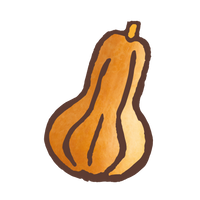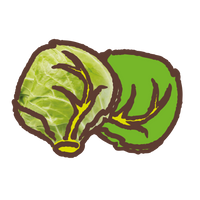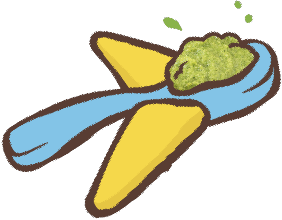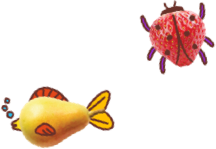Helen Coulthard
Developmental psychologist / Makes Sense of Food Play
Experiencing foods in lots of fun + different ways can help little ones feel more comfortable trying them and over time, can help them learn to love them!
Sensory food play can be super handy for children who are a little fussy or picky with foods or a bit sensitive to anything new.
Sensory play can help little people learn about different textures, shapes, colours, sounds, tastes and smells in a calm, happy + fun environment.
Read our top tips below on how you can engage your baby or toddler with food using all their senses outside of mealtimes, in order to make them more willing to try those foods as they become more familiar with them.
Remember to keep it super fun, playful + relaxed for both you + your little one. Timing is important too – try playing games when your little one is happy and alert, and not too sleepy or hungry.
Why not involve a favourite toy or character in a game to help make it a fun, positive experience for your little one!
Little ones love copying others, so show off your model behaviour at the dinner table and even invite a friend round (especially if they’re a good little eater).
Where there's play, food + lots of fun, there's bound to be a bit of mess!
If a game is likely to get messy, perhaps play just before bath time or on a wipeable mat, in the sink or outside.
To help reduce food waste:
Introduce a rainbow of veggies + fruits, ranging from small squishy green peas (from 10months+) to big shiny purple aubergines!
Cooked vs raw
Let little ones explore the different textures of the same foods cooked and raw too... for examples, crunchy, snappy raw carrot versus soft + squishy mashed carrot.
Remember to go at your little one’s pace and think about their likes and dislikes. If they don’t like gooey substances for example, start playing with firmer or drier textures first! You can make a note of what they do and don’t like and you can always try again later!
Food play doesn’t have to be expensive! You can use lower cost foods like pasta or flour mixed with water for sensory fun. You don’t even have to play with food, you can go outside and get hands on with mud, grass and leaves for free - remember, sensory play doesn’t have to only involve food.








